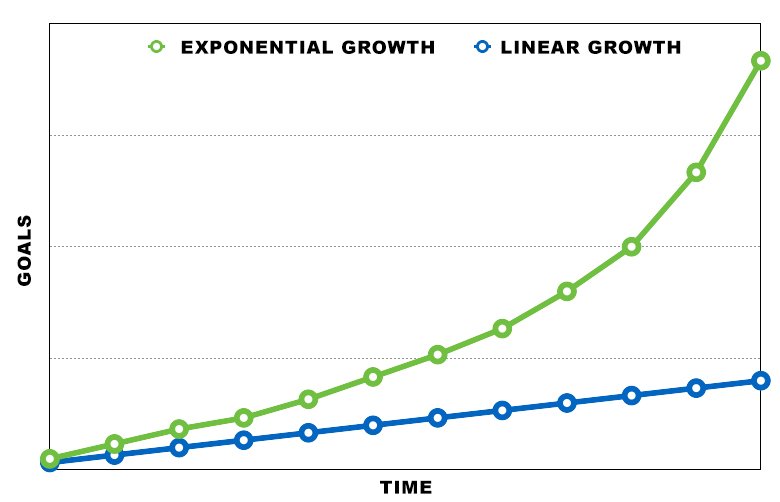Let's think outside the box. By that I mean let's think up a hypothetical situation. Imagine we have a normal piece of paper and we could fold this paper as many times we wanted; how many times would we need to fold this paper so that it is bigger than the observable universe?

Let us do the math so that you can play around with the numbers yourself. Every time you fold a piece of paper you double its thickness so using this knowledge, we can produce a series:
1, 2, 4, 8, 16, 32… and so on
The general equation to find what the value would be at any point in this series is 2^n (2 to the power of "n") where “n” is the number of folds you would like to use. This means the 7th fold is 2^7 which is equal to 128 (Just use a calculator!)
Now let’s assume the thickness of a piece of paper is 0.1mm which is the same as 0.0001 metres. (Note that we must convert to metres as the values we will see are going to be huge)
So to work out the overall thickness of piece of paper after a certain number of folds is:
2^n x 0.0001 metres
Say we wanted to see how thick this piece of paper would be after 20 folds we get an answer of 104 metres. The same size as a 100m track Usain Bolt runs on. Cool right? Let’s use this equation to work out the size for more folds:
42 folds = 439,804,651 metres (woah didn’t expect that right?)
This is around the distance from the Earth to the Moon
50 folds = 112,589,990,684 metres
This is roughly the distance from the Earth to the Sun
Now, for the BIG number which would make a piece of paper bigger than the observable universe…
103 folds, yes 103 folds that is it
103 folds = 1.01 x 1031 metres
Now if we convert this number into light years we get a whooping 93 billion light years. Convert this number yourself, it works!
This is all due to exponential growth. Generally, for every step you take along the “x” direction, you take double the steps in the “y” direction. Below is a graph of exponential growth compared to linear growth so you have an idea about the differences where goals can be anything you want to apply exponential or linear growth to.

If you would like an in depth explanation as to what exponential decay is have a look at this video below, it is very interesting.
Any questions ask away in the comments section and I will do my best to answer them!
Please do check out my posts if you enjoyed this as I strive to make science as fun and as interesting as possible for everyone. Don't hesitate to leave me feedback!
Until next time, take care Mystifact
